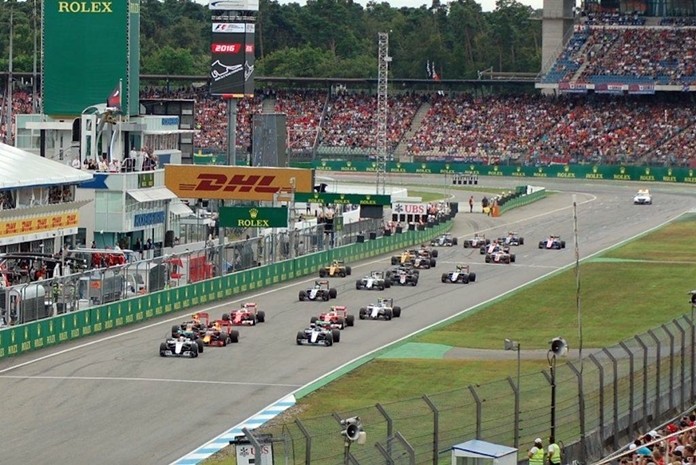
The German Grand Prix is a motor race that has been held most years since 1926, with 75 races having been held. The GP has been held at only three venues throughout its history; the Nürburgring in Rhineland-Palatinate, Hockenheimring in Baden-Württemberg and occasionally AVUS near Berlin.
This year theF1 track is the Hockenheimring.
The German GP is the 11th in this year’s calendar and has Lewis Hamilton well in front in the driver’s statistics, having won seven times so far. His team mate Valtteri Bottas has won two and Max Verstappen has won one.
For the Hockenheimring this weekend, Hamilton has to be considered the favorite, being able to keep the pressure up for the entire race, whilst Bottas seems to fade after mid distance. Verstappen and Charles Leclerc (Ferrari) seem to be able to press on, whilst the reputedly Ferrari number 1 (Sebastian Vettel) is making silly mistakes.
Unfortunately, the ultimate race track is really in Germany, and that is Nurburgring where the German Grand Prix had been held most years since 1926, with 75 GP’s. The Nordschleife was to be the mainstay of West Germany’s premier motor racing event for the next quarter of a century, and was to become known as the Green Hell. Having driven the Nordschleif, it is an amazing circuit with 154 corners, including a banked section of track called the Karrussel. It is extremely dangerous with 69 fatalities up to 2013.
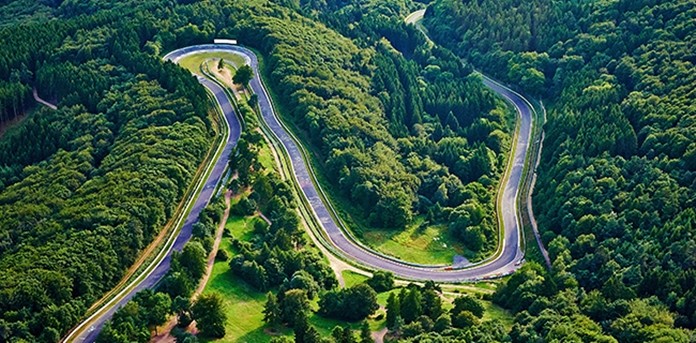
The reason it is so dangerous is a result from the corners following on immediately after each other – get one wrong and you are in the wrong place for the next one! Really a multiplying effect. This was the circuit where the late Nikki Lauda had his horrendous crash which left him scarred for the rest of his life.
Elvis has left the garage
Los Angeles (AP) — Elvis Presley fans can take to the road in his personal stretch limousine, on his last motorcycle or in a pickup truck if they have the money, an auction house announced this month.
Kruse GWS Auctions said the items will be part of its Artifacts of Hollywood auction on Aug. 31.
Presley drove the white-on-white 1973 Lincoln Continental stretch many times around Memphis, Tennessee, Kruse said. It features an old-school TV and other amenities. There are photos showing “the King” driving the car he was in when he stopped at a car accident in Memphis in 1976.
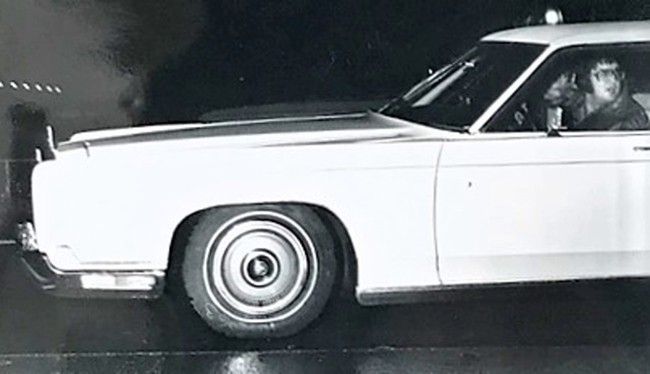
The auction house said a 1976 Harley Davidson FLH 1200 Electra Glide motorcycle was the last motorcycle Presley ever purchased. He transported it from California to Memphis and sold it 90 days before he died in 1977 at age 42. The Harley has been on display at the Pioneer Auto Museum in Murdo, South Dakota, since the late 1980s.
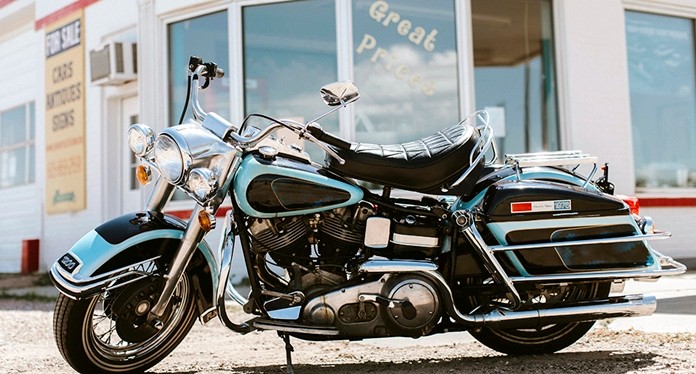
The third Presley vehicle is one of three GMC pickups that Presley purchased in 1967 for his Circle G Ranch in Mississippi. Two years later, his father, Vernon, sold them back to the same dealership, the auction house said. It has undergone a total restoration.
From Nazis to hippies: End of the road for Volkswagen Beetle
David Mc Hugh
Frankfurt, Germany (AP) — Volkswagen is halting production of the last version of its Beetle model this week at its plant in Puebla, Mexico. It’s the end of the road for a vehicle that has symbolized many things over a history spanning eight decades since 1938.
It has been: a part of Germany’s darkest hours as a never-realized Nazi prestige project. A symbol of Germany’s postwar economic renaissance and rising middle-class prosperity. An example of globalization, sold and recognized all over the world. An emblem of the 1960s counterculture in the United States. Above all, the car remains a landmark in design, as recognizable as the Coca-Cola bottle.
The car’s original design — a rounded silhouette with seating for four or five, nearly vertical windshield and the air-cooled engine in the rear — can be traced back to Austrian engineer Ferdinand Porsche, who was hired to fulfill Adolf Hitler’s project for a “people’s car” that would spread auto ownership the way the Ford Model T had in the U.S.
Mass production of what was called the KdF-Wagen, based on the acronym of the Nazi labor organization under whose auspices it was to be sold, was cancelled due to World War II. Instead, the massive new plant in what was then countryside east of Hanover turned out military vehicles, using forced laborers from all over Europe under miserable conditions.
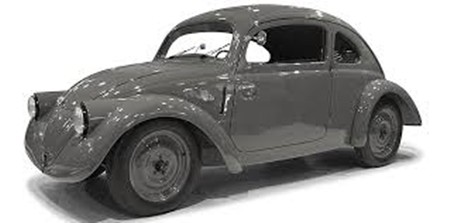
Re-launched as a civilian carmaker under supervision of the British occupation authorities, the Volkswagen factory was transferred in 1949 to the Germany government and the state of Lower Saxony, which still owns part of the company. By 1955, the millionth Beetle — officially called the Type 1 — had rolled off the assembly line in what was now the town of Wolfsburg.
The United States became Volkswagen’s most important foreign market, peaking at 563,522 cars in 1968, or 40 percent of production. Unconventional, sometimes humorous advertising from agency Doyle Dane Bernbach urged car buyers to “Think small.”
“Unlike in West Germany, where its low price, quality and durability stood for a new postwar normality, in the United States the Beetle’s characteristics lent it a profoundly unconventional air in a car culture dominated by size and showmanship,” wrote Bernhard Rieger in his 2013 history, “The People’s Car.”
Production at Wolfsburg ended in 1978 as newer front drive models like the Golf took over. But the Beetle wasn’t dead yet. Production went on in Mexico from 1967 until 2003 — longer than the car had been made in Germany. Nicknamed the “vochito,” the car made itself at home as a rugged, Mexican-made “carro del pueblo.”
The New Beetle — a completely retro version build on a modified Golf platform — resurrected some of the old Beetle’s cute, unconventional aura in 1998 under CEO Ferdinand Piech, Ferdinand Porsche’s grandson. In 2012, the Beetle’s design was made a bit sleeker.
The end of the Beetle comes at a turning point for Volkswagen as it rebounds from a scandal over cars rigged to cheat on diesel emissions tests. The company is gearing up for mass production of the battery-driven compact ID.3, a car that the company predicts will have an impact like that of the Beetle and the Golf by bringing electric mobility to a mass market.
The last of 5,961 Final Edition versions of the Beetle was headed for a museum after ceremonies in Puebla on July 10 to mark the end of production.
 |
 |
 |





